(AfroGamers.com) We’ve gotten into isekai manga and manhwa quite a bit here on AfroGamers—it’s one of my favorite subgenres or themes in comics. In discussing isekai, we often blah-blah over specific types of isekai. Another favorite manga/manhwa genre is martial arts.
Now take those two and put them together and you have something that is both great and overdone. Martial arts isekai is a safe genre to run with for a creator. There’s another element of this combo that makes this my undisputed favorite genre of manhwa: cultivation.
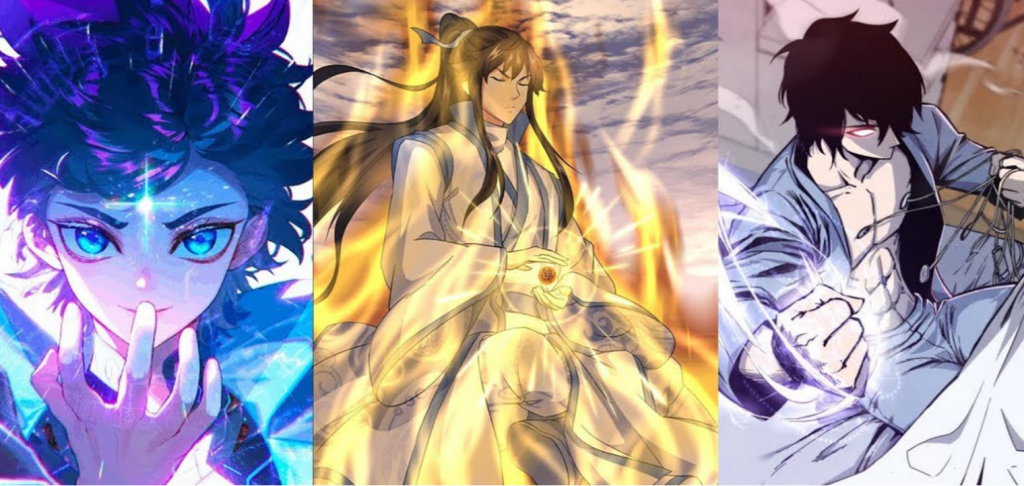
We’re going to get into a super brief introduction to cultivation manga/manhwa as well as a few examples. Not all of them are isekai series and most are manhwa from South Korea—just a heads up.
What is Cultivation Manhwa?
In manhwa series, cultivation is basically mental, spiritual, and physical training to prepare a martial artist for immortality and to travel different realms. The motivation for protagonists varies from series to series as do their entry into the world of murim—the world of martial artists.
With the end goal being immortality, characters in this world are guaranteed to either encounter danger or have experienced dangers in the past. These dangers often come from other martial artists or mysteries of the world.
The training that all characters undergo—cultivation—has an added benefit of prolonging life. Some characters can be a few hundred years old or fight like younger fighters in their 90s. However, they’re not immortal—they’re simply long-lived and hard to kill.
Of course, because it the nature of the murim world, few live long enough to get that old.
The Murim World
Murim isn’t really distinct to manhwa, Dragon Ball, Flame of Recca, Naruto and Fist of the North Star all take place in worlds where might makes right. Martial arts is the law and the enforcer. You could say that this is less so the case in three of those series because they tend to take place in more civilized times.
The setting of Naruto is an interesting case because it’s modern-ish but there’s still some feudal elements there. It’s what makes martial arts series interesting: they’re normal to the point a fighter can make a living, go on pilgrimages, and reputation is tied to what they do with their ability.
Many cultivation and murim manhwa take place in a world inspired by ancient or feudal Korean. Note that there are series that take place in modern times where murim either evolved into being a part of work, education, and so on or it’s similar to a juiced-up version of how some styles and schools of martial arts exist now.
The modern setting for murim is always an intriguing read but because writers use modern society as the setting, you run into a lot of unscrupulous characters and situations where characters are looked down upon. You’ll see this even in series that are more fantasy or feudally set but end result of magical martial arts violence seems more in place in the fantasy/feudal setting.
Perhaps it’s me but when a character kills another with a blast at a mansion outside of Seoul, dealing with that situation via strings being pulled does little for me. You’ll also notice extremely powerful allies intervening for the weaker main character often early on in the modern-based series.
A favorite series that does this is Cultivation Chat Group where the main character stumbles upon a chat group made of cultivators. Because he is new and initially shows little talent for cultivation, he is protected by a number masters who are all friendly with each other.
Part of that arrangement—and others in a few modern series—is to keep the existence of cultivators a guarded secret. As a result, it’s not unusual to have main characters go on missions to deal with threats to that secrecy. This is the crux of a lot of adventures in The Gamer.
The Fantasy Aspect and Power Levels
Whether it’s feudal, ancient or modern, fantasy plays a huge role in cultivation and murim manhwa because characters are able to wield magic or give effects to their chi or aura in addition to the raw power an attack from them would have.
This is where series can diverge. Mastering the body and spirit can open the door to magic in those worlds but there’s also the system explained. I’ve always maintained that Kinnikuman is the origin of power levels as we know them in manga—as well as tournament arcs—while Dragon Ball popularized the concept.
In manhwa, power levels rarely take the form they do in some manga. While you might get the numerical or letter grade rating system, there’s often a whole system with stages. Each stage is more powerful than the last and feature levels. In simplest terms: an early, mid, and late level to those stages.
For example, in series like God of Martial Arts, Star Martial God Technique, and Martial Peak, a character can be said to be in “the late Nascent stage” which might become right before “Gold Core stage”.
Terminology also varies but one common aspect is that some tribulation is required before advancing and that tribulation tends to come in the form of lightning striking the character. It’s not always the case and sometimes lightning strikes only come into play the closer the character gets towards immortality. One reason I’ve read is that the act of cultivation is the technically against the will of the Heavens and the tribulations are a punishment.
Next time, we’ll dive into a lot of other elements in this particular genre such as mysteries, the importance of bloodlines, and why secrets are so important.
Staff Writer; M. Swift
This talented writer is also a podcast host, and comic book fan who loves all things old school. One may also find him on Twitter at; metalswift.


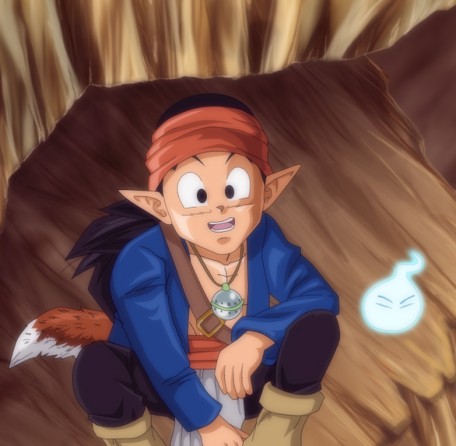
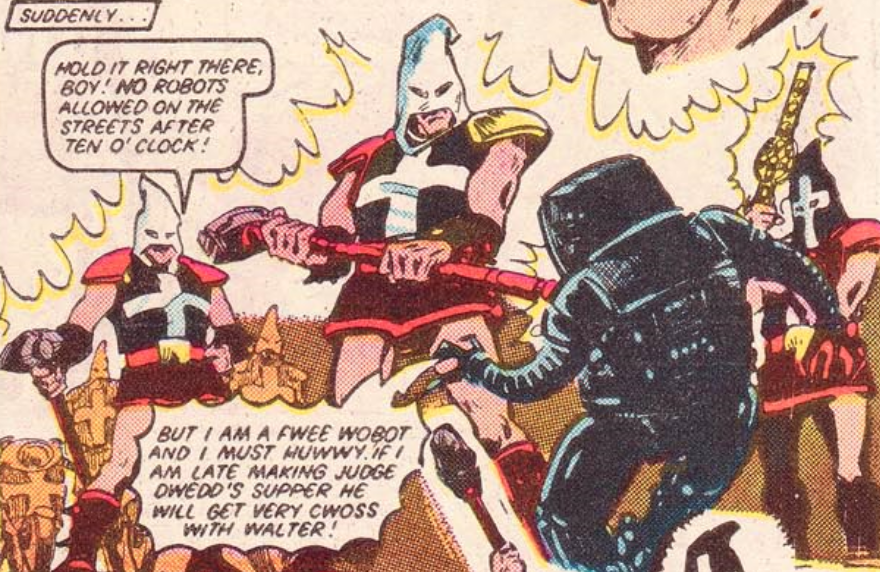






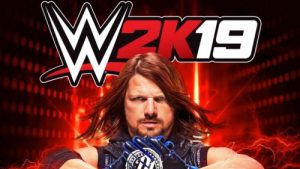


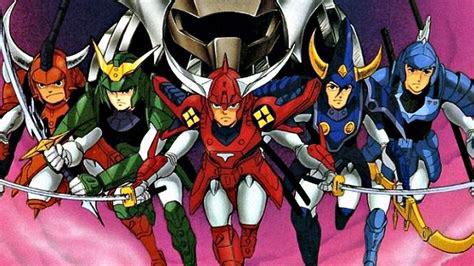



Leave a Reply